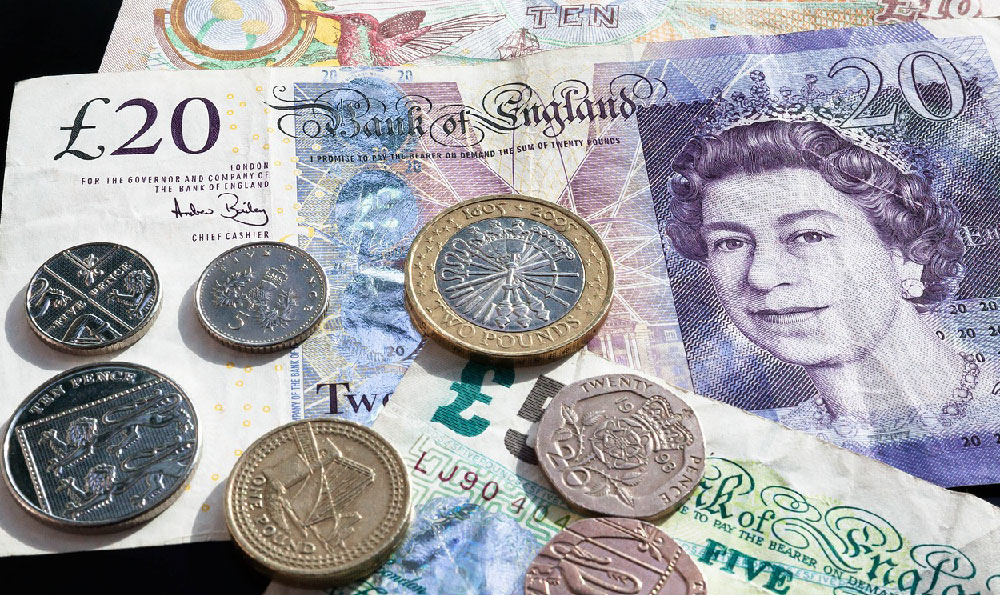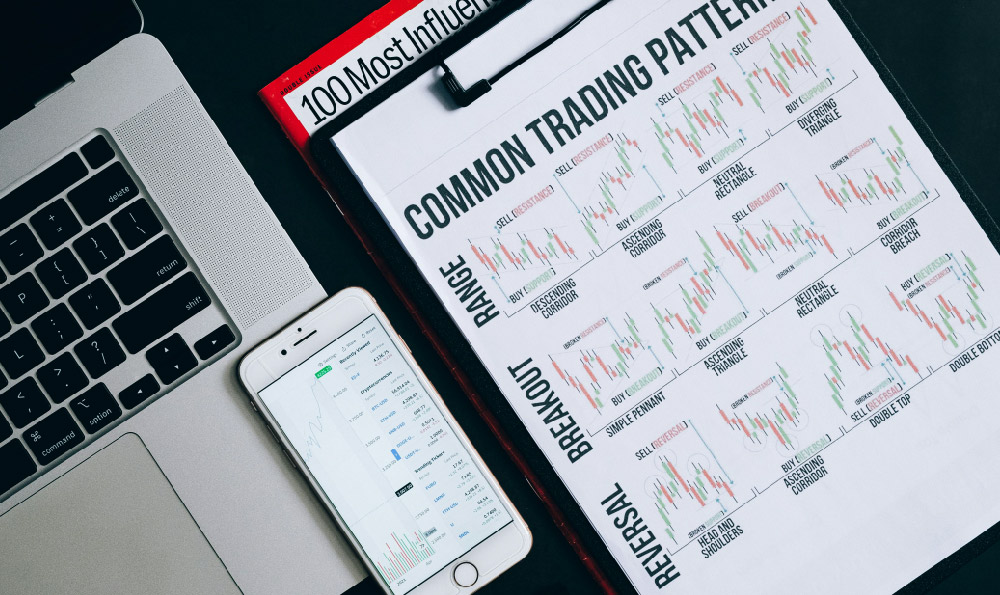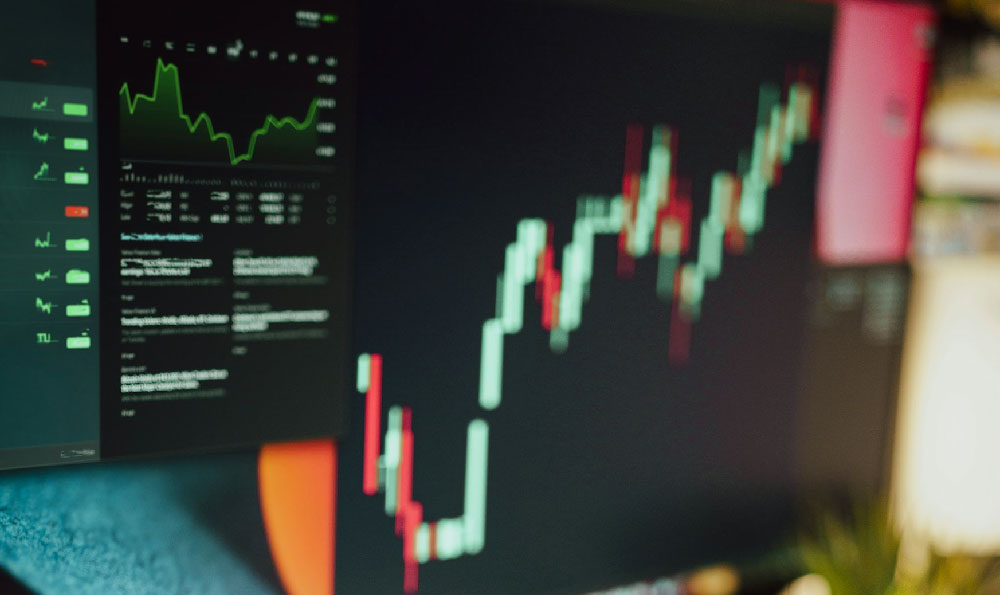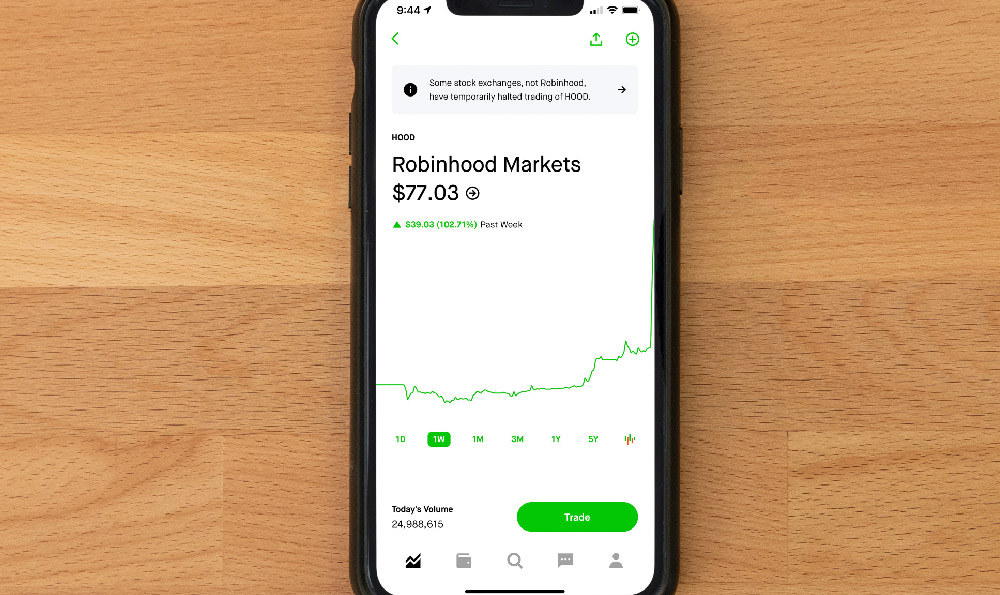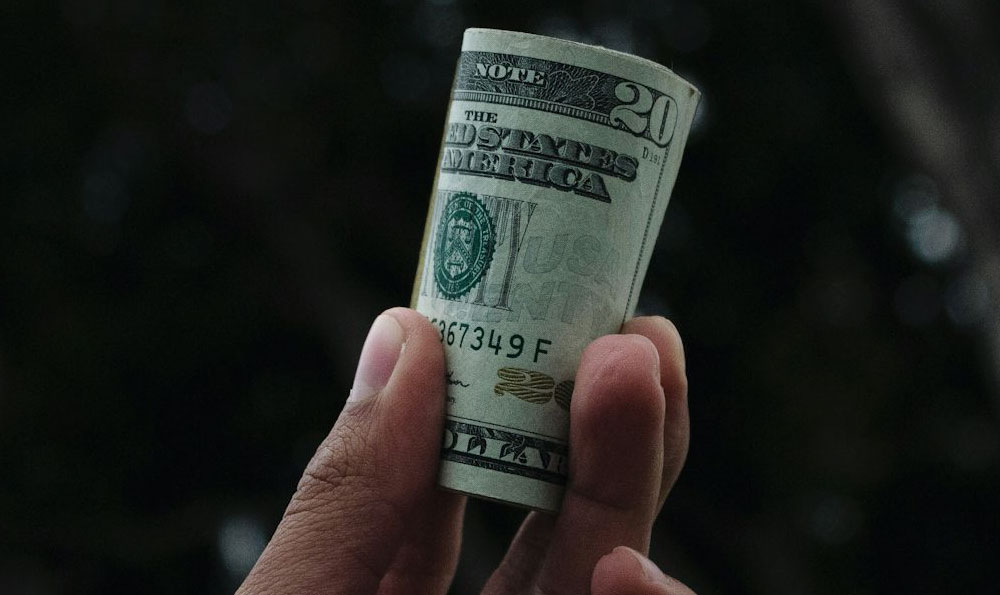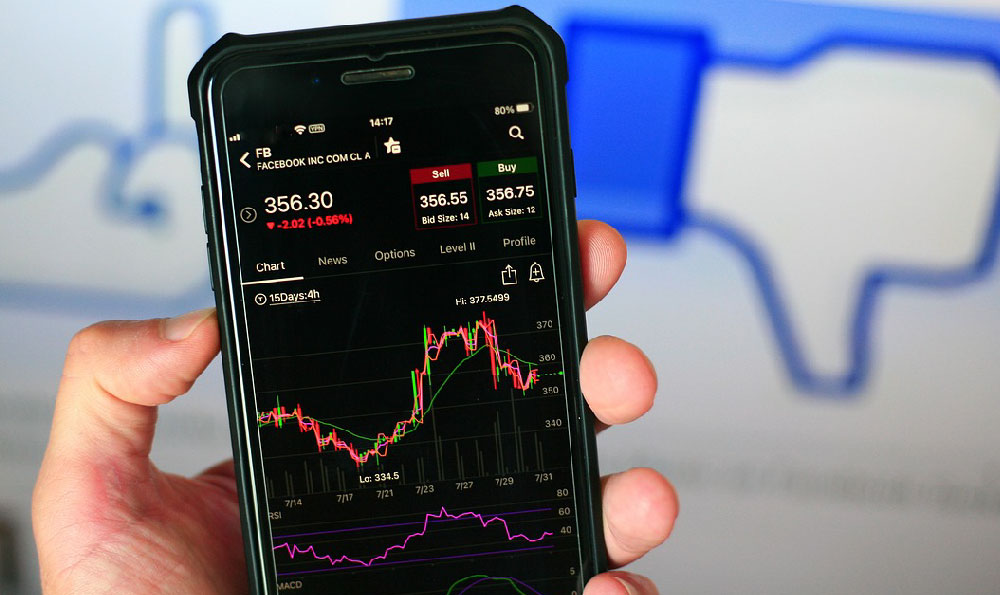LaVar Ball's purported "riches," a subject often shrouded in hyperbole and self-promotion, are less a tale of savvy investment strategies and more a masterclass in branding, leveraging family talent, and daring entrepreneurship. While the exact scope of his wealth remains debatable, the trajectory of Ball's financial endeavors offers valuable lessons about risk-taking, building a personal brand, and harnessing the power of family enterprise, albeit with significant caveats regarding scalability and sustainable success.
Ball's primary venture, Big Baller Brand (BBB), served as the cornerstone of his financial aspirations. He envisioned a sports apparel and footwear company that would directly compete with industry giants like Nike, Adidas, and Under Armour. The boldness of this ambition is undeniable. Rather than seeking endorsement deals for his sons, Lonzo, LiAngelo, and LaMelo, Ball decided to create his own platform, controlling their image and revenue streams. This vertically integrated approach, while risky, offered the potential for significant profits if successful.
The key strategy underpinning BBB was the heavy reliance on his sons' burgeoning basketball careers. Lonzo, in particular, was projected to be a top NBA draft pick, and LaVar capitalized on this hype by launching Lonzo's signature shoe, the ZO2, with a pre-order price of $495. This bold move, arguably premature given Lonzo's unproven NBA status, generated significant media attention, both positive and negative. The controversy surrounding the high price point and the shoe's unconventional design fueled public interest, driving brand awareness.
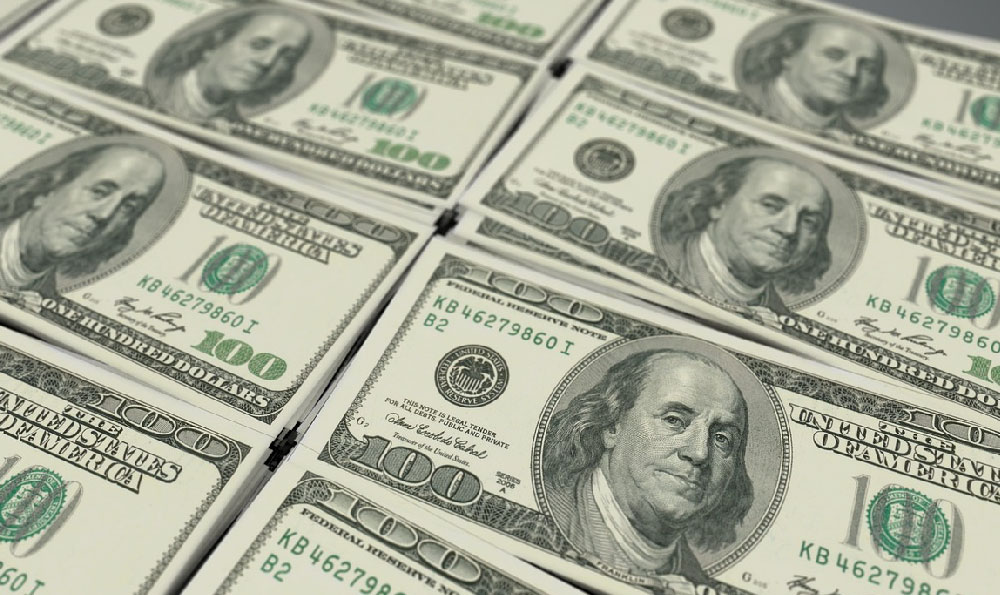
Beyond the initial launch, Ball's marketing prowess lay in his relentless self-promotion and media engagement. He skillfully utilized interviews, talk show appearances, and social media to create a larger-than-life persona, constantly hyping his sons' abilities and challenging established figures in the sports world. This bombastic style, while polarizing, proved effective in generating buzz and keeping BBB in the public eye. He understood the value of controversy in the attention economy, often making outlandish claims to garner headlines.
Another aspect of Ball's strategy was his emphasis on family. He portrayed the Ball brothers as a united front, a force to be reckoned with both on and off the court. This narrative resonated with some audiences, who saw in the Balls a close-knit family pursuing their dreams together. The "Big Baller" brand itself became synonymous with family loyalty and unwavering self-belief, further reinforcing this image.
However, the narrative of LaVar Ball as a financial genius is complicated by several factors. Big Baller Brand faced numerous challenges, including quality control issues with its products, shipping delays, and a lack of established supply chains. These operational difficulties undermined the brand's credibility and alienated some customers. Furthermore, the decision to bypass traditional retail channels and rely solely on direct-to-consumer sales limited the brand's reach and potential for growth.
The relationship between BBB and its star athletes (the Ball brothers) also proved to be a double-edged sword. While the sons' success on the court initially fueled the brand's popularity, their subsequent struggles and eventual disassociation with BBB revealed the inherent risks of tying a company's fate so closely to individual performance. Lonzo's eventual move away from BBB and his endorsement deal with Nike highlighted the limitations of LaVar's control and the allure of established brands. LaMelo's endorsement with Puma further signaled the waning influence of BBB within the family.
It's also important to note that attributing LaVar Ball's financial standing solely to Big Baller Brand is an oversimplification. His prior business ventures and potential investments likely contributed to his overall net worth. However, the prominence and notoriety of BBB overshadowed these other endeavors.
Ultimately, LaVar Ball's story is a complex one. While his entrepreneurial spirit and marketing acumen are undeniable, the long-term sustainability of his business model remains questionable. He undoubtedly capitalized on his sons' talent and created a unique brand identity. The value he extracted from his kids’ likeness is undeniable. Whether he truly attained substantial and lasting wealth through Big Baller Brand is less clear. He achieved notoriety and a degree of financial success through audacious moves and relentless self-promotion, but the Big Baller Brand saga also serves as a cautionary tale about the challenges of building a brand solely on hype and family ties, without the underlying infrastructure and product quality necessary for sustained success. His key strategies involved aggressive branding, capitalizing on family talent, and a willingness to take extreme risks, but these strategies also exposed vulnerabilities that ultimately hindered the brand's long-term viability.


